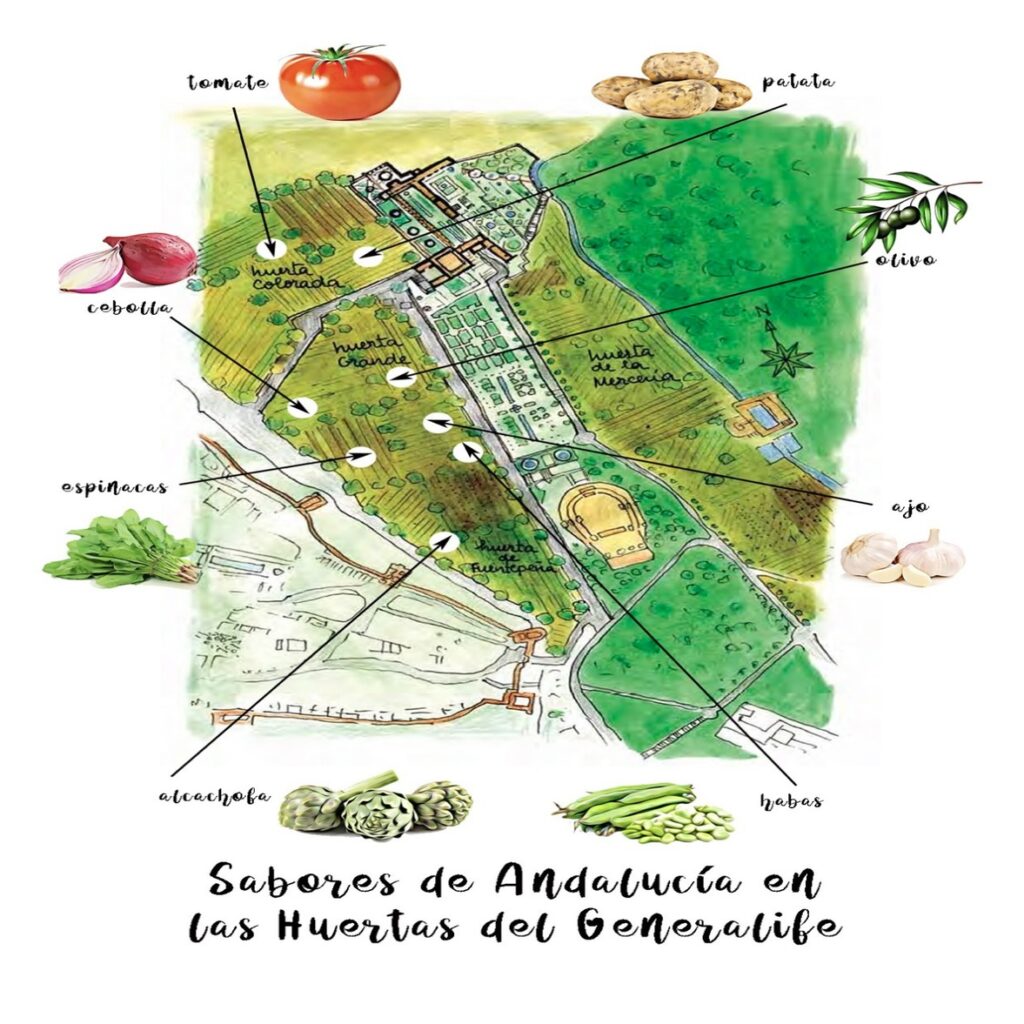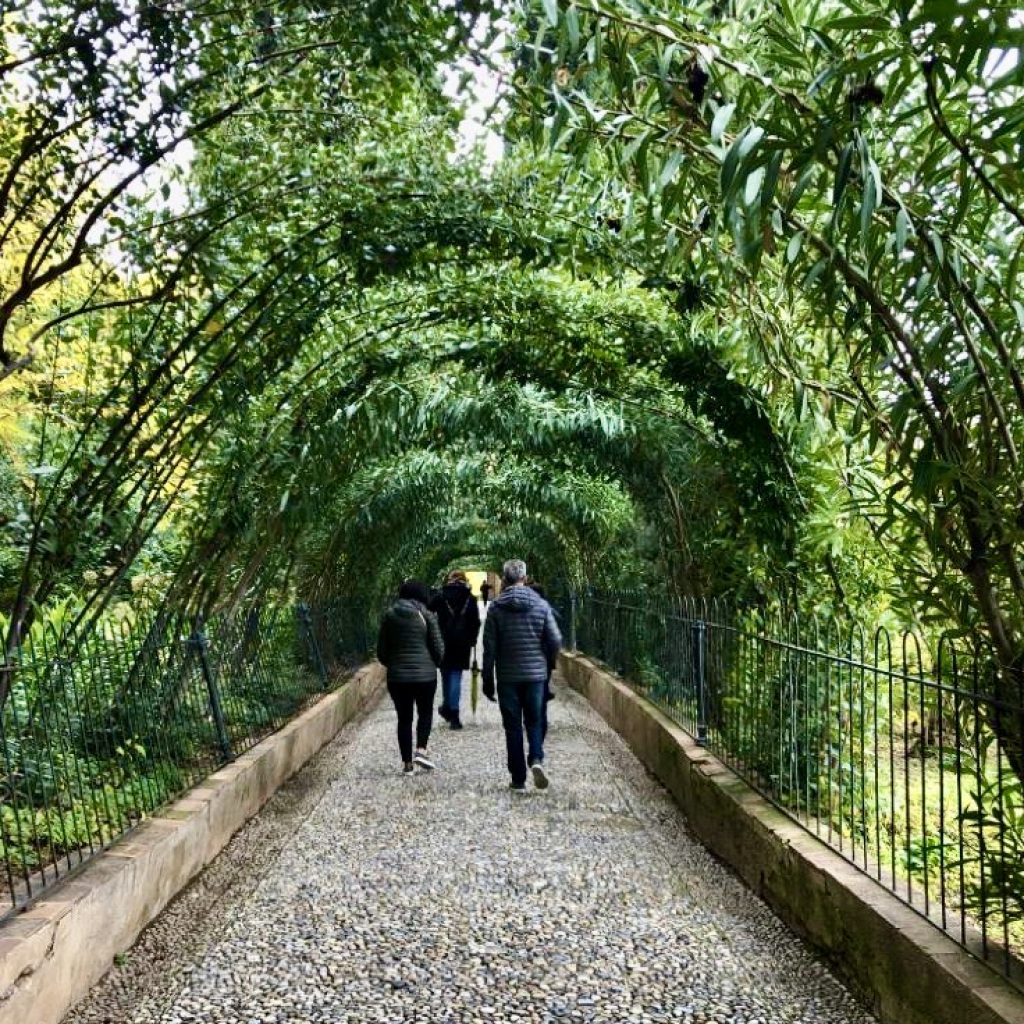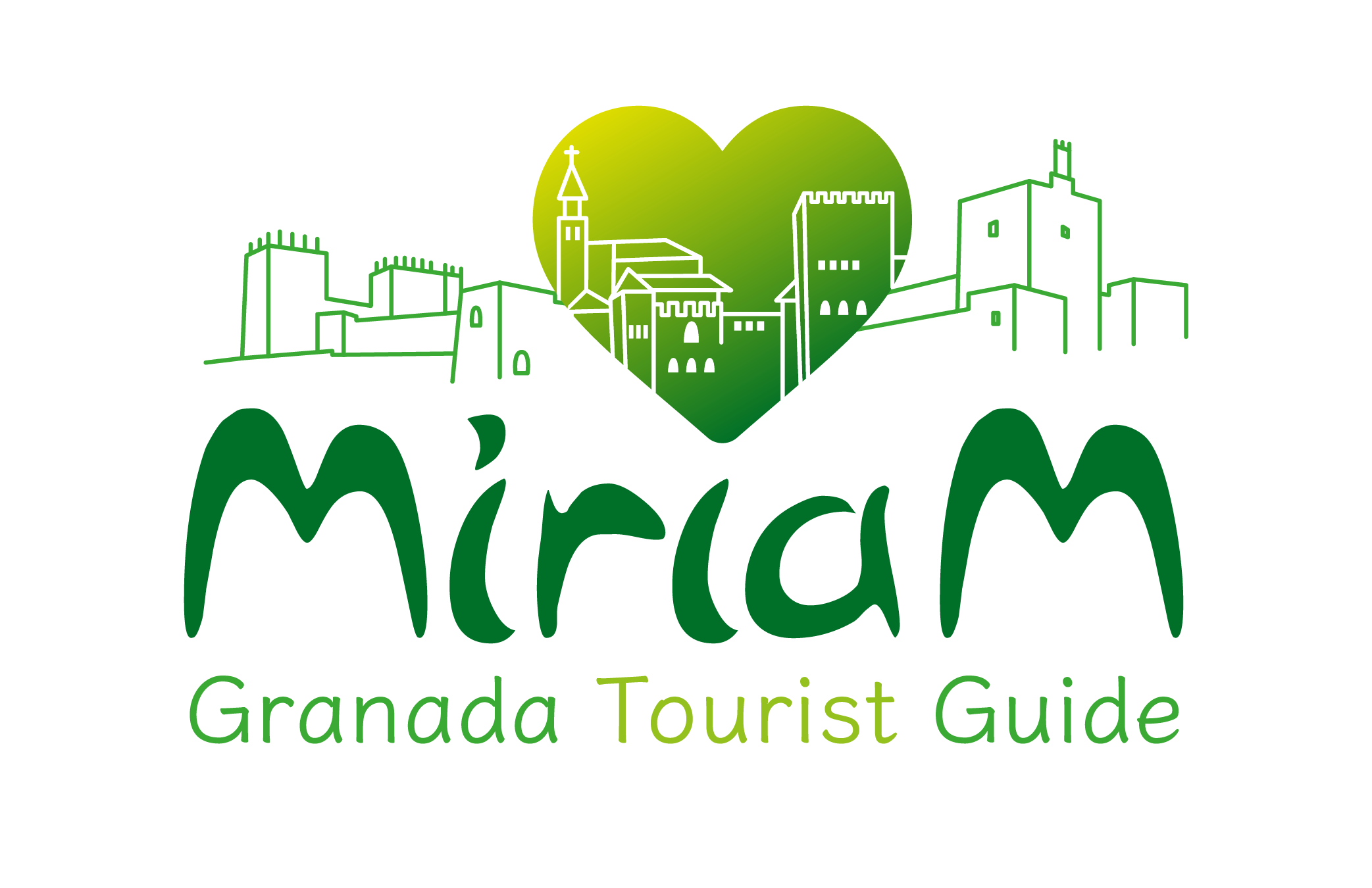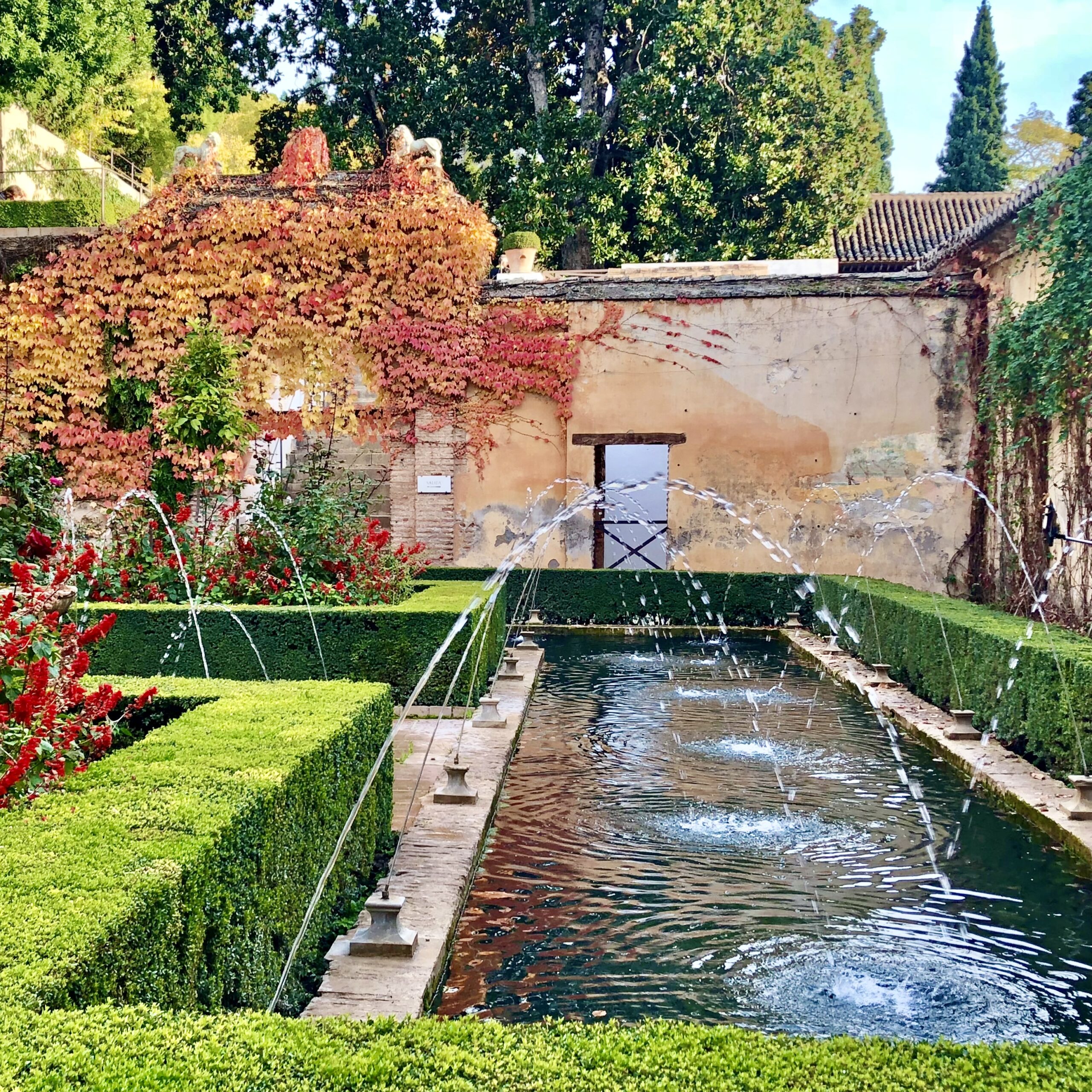Table of Contents
The Generalife
The Generalife is the only Andalusian almunia that has survived. The word almunia came from the Arabic word “al-munyad “and it means country house. It has a double purpose: recreation and agriculture production village.
The almunia was built in the 14th century. It was used as a place of rest for the Muslim royalty. It was designed as a rural villa in the vicinity of the Alhambra, with decorative garden, fruit and vegetable patches, courts, farm yard, hunting ground and other structures.
Today is not a place of rest but its structure has been preserved, because is still used as a vegetable and fruit garden.
After the conquest, the almunia was assigned a keeper to watch over the area and make improvements. The keeper descendent or relative in direct line of descent obtained the perpetuity governorship, until 1921, when the state, after a long drawn out legal battle, was finally awarded custody of the premises.
Each space in the Generalife suggests a different sensation: its perfume, temperature changes, water and light effect, beautiful view, decorations, etc.

What does Generalife mean?
The term Generalife came from two Arabic words: “djennat” and “al-arif”. “Djennat” means garden or paradise and the “al-arif” means architect. “The architect’s Garden.” “The builder or architect’s Paradise“. It makes reference to Allah as a world architect.
The vegetable gardens were separated by rammed earth, thick walls, which provided the necessary levelling to distribute the water by the irrigation channel.
There are still four vegetable gardens that have preserved their Christians names: Colorada (Red), Grande (Large), Mercería (Haberdashery) and Fuentepeña (Crag Spring).
They had a variety of fruit trees such as cherry tree, apple tree, pomegranate, quince tree, walnut tree, pear (it has digestive properties), almond tree, bitter orange (it can live more than 100 years, their leaves are using to prepare infusion because it has sedative property and the fruit is using to prepare marmalade), grapefruit tree, lemon tree, banana tree, fig tree (it has calming property), plum tree (it has laxative property) and vegetables as a eggplant, spinach, artichoke, etc.
In addition, they cultivated aromatic plants such as oregano, parsley, coriander, saffron, laurel, thyme, garlic, mint, basil, rosemary and black pepper. Those were used to prepare meat, fish and broths.
Besides this, they used the plants for hygienic purposes. For example, they prepared rose water or orange peel to avoid the body smells. As well, they removed garlic and onion bad breath with mint and parsley.
The Nasrid developed different agriculture techniques such as watering, pruning, implanting, fertilization and preservation (for example, raisins). They converted the Generalife in the most productive almunia during that period.
The good news is that we can all enjoy this beautiful Generalife garden. Book a guided tour with me.





Comment (0)